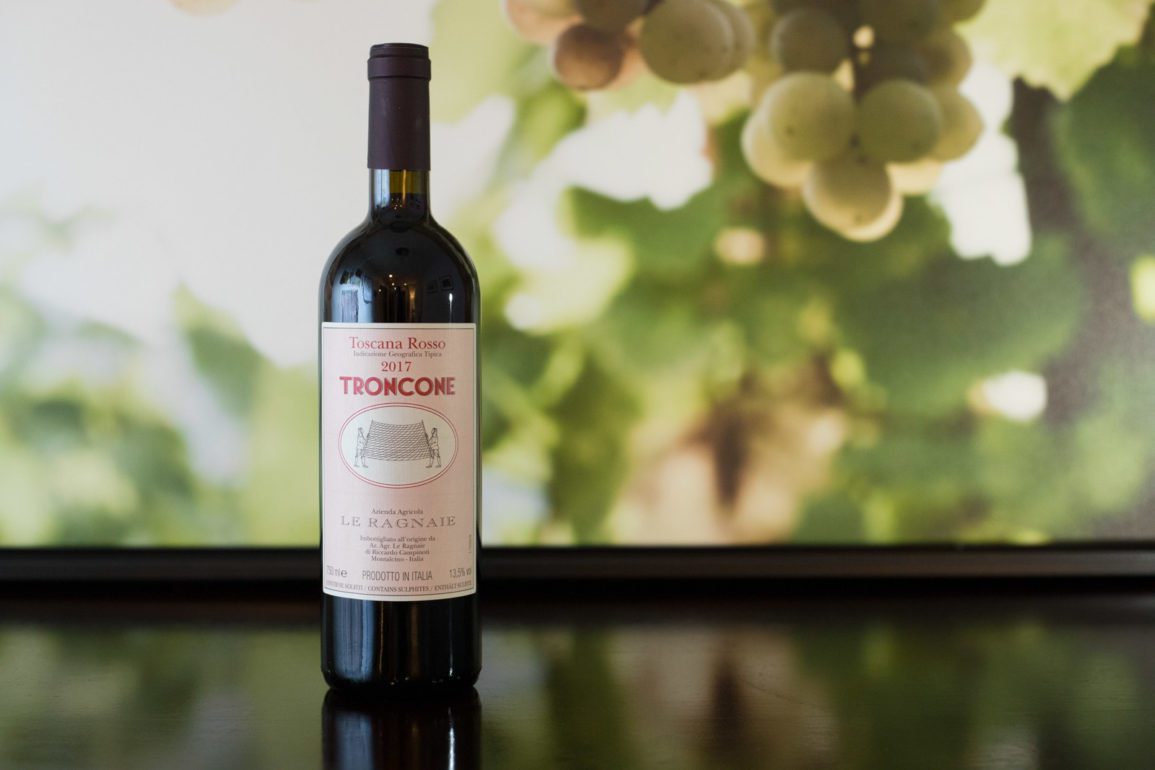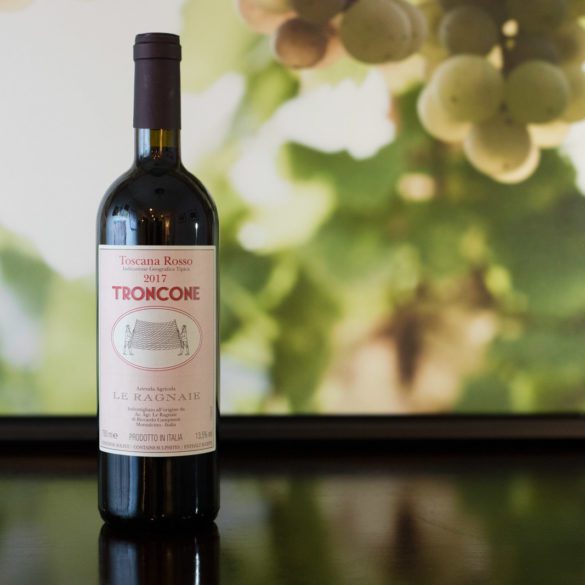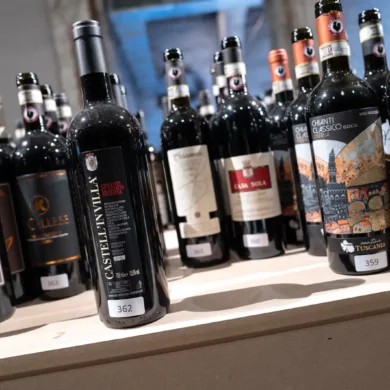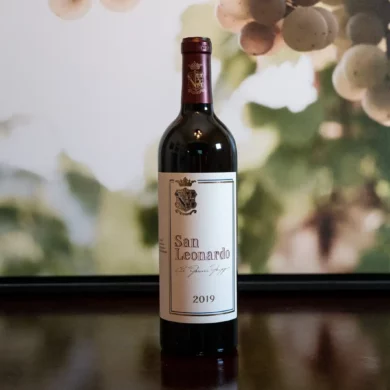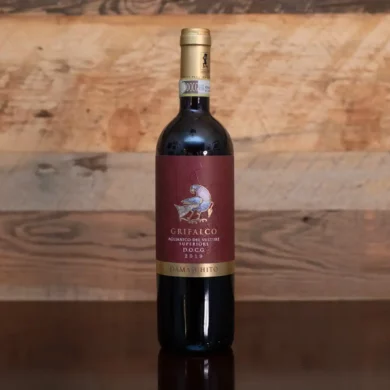Like many Italian wine obsessives, I have been trying to figure out Sangiovese for much of my adult life. “Hit or miss” continues to be the mantra of this, the most widely planted grape in Italy. Finding the right wine — such as “Troncone,” reviewed below — takes ample investigation on whose who, what they are working with in the vineyard, and how they’re handling the wine.
If that simply sounds like Being a Wine Lover, you have a point, but these demands seem especially acute for sourcing Sangiovese. In the last three decades, wineries and appellations have spent significant money on clonal, soil and climatic research, looking to elevate Sangiovese to the top tier globally. In pockets across Tuscany, the payoff from this research has been huge, but Sangiovese on the whole still has a lower-than-expected batting average of good versus great bottles.
Part of the issue remains the overuse of oak, however the bigger problem stems from over-planting. The grape is as fickle as Pinot Noir (maybe even more so), so its rampant plantings across Central Italy suggest that its not always planted in ideal soils, or in places with a cool-enough climate to allow for its inherent elegance.
One parameter that often aids quality is altitude. Not all great Sangiovese wines come from the heights, but it certainly helps, especially in Montalcino.
Which brings us to this wine from Le Ragnaie. In our house, we prize the Sangiovese wines that are better suited to a Burgundy glass than Bordeaux — profuse but precise aromas; restrained but coiled-up power; and fine-grained tannins. A recent string of hot vintages through Tuscany — most acutely felt in Montalcino — has made some Sangiovese wines hard to palate. It has been like listening to music on blown-out speakers.
But for Le Ragnaie’s “Troncone,” all the parameters of high-quality Sangiovese are met, even exceeded. In fact, for a time, it didn’t meet one crucial requirement to be deemed a Montalcino wine: the vineyards were too high. Before climate change really started to rev its engine, vineyards above 600 meters in Montalcino were deemed too chilly to sufficiently ripen Sangiovese, thus they were excluded. That parameter was removed from the Rosso di Montalcino and Brunello di Montalcino disciplinare in 2016. But Le Ragnaie’s “Troncone,” which hails from vineyards at 600 meters, remains a Toscano Rosso because its time in 25hL botti casks (another hallmark of the Sangiovese I prefer) is limited to 12 months with six more months in concrete to settle. Brunello di Montalcino requires far more time.
Now, whether this wine will become a Rosso di Montalcino, I don’t know. Those are rarely named, single-vineyard wines, and Troncone has developed a pretty avid following as it is. If it ain’t broke, don’t fix it.
So why does higher elevation matter? The cooler nights foster a crisper form of acidity that helps balance Sangiovese’s uniquely savory-fruity tones. With Troncone, it all comes together with tones reminiscent of black cherries and huckleberries, as well as a savoriness akin to tomato leaf, smoked brisket and tobacco. The tannins feel fine-grained but active, which is a nice level to be if you are keen on versatility with food pairings.
We will be exploring the Brunello and Rosso wines from Le Ragnaie in the future, but for now, put this wine on your radar.
2017 Le Ragnaie “Troncone” Toscano Rosso
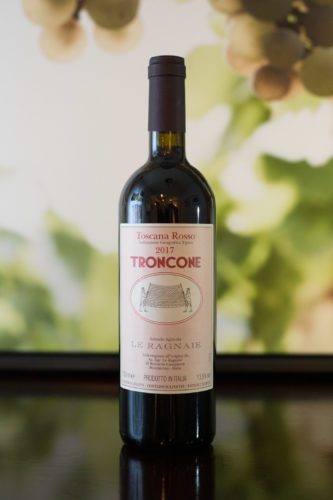 Toscano IGT (Tuscany)
Toscano IGT (Tuscany)
Grapes: Sangiovese (100%)
Alcohol: 13.5%
Opinion: ★★★★ 3/4 (out of five)
Food-friendliness:
Versatile Value: Very good
A beginner might like … knowing what this side of Sangiovese is all about. If your impression of this grape is woodsy, leathery, oaky Chianti Classico that pairs well with Medieval Times cosplay, grab yourself a Burgundy glass and see how elegant, aromatic and shape-shifting this grape and its wines can be.
A wine obsessive might like … nitpicking what we prize in the wines of Montalcino. I continue to maintain that the lighter, fresher versions are overlooked because of the gravitas of Brunello. How much do you personally need in a wine? What’s actually missing from a wine like Troncone? I don’t think much, but its a great debate to have. Also, there is a bit of a thrill in finding this one: Only 1,400 cases or so are made of this wine each vintage.
This wine was purchased with funds raised from our virtual tasting series. Join us.

